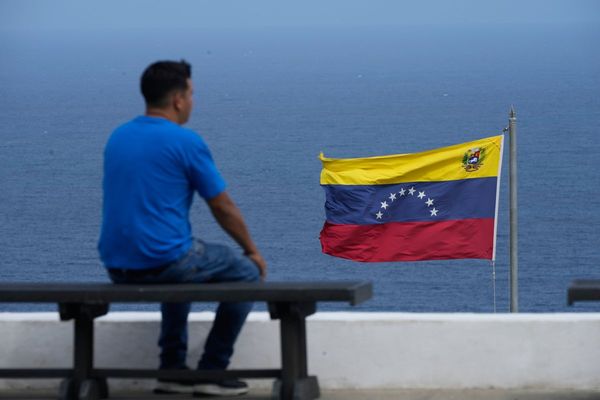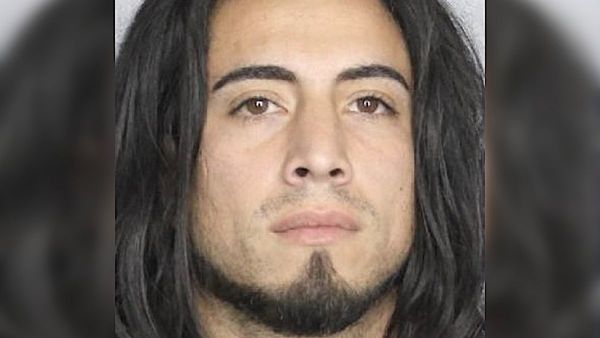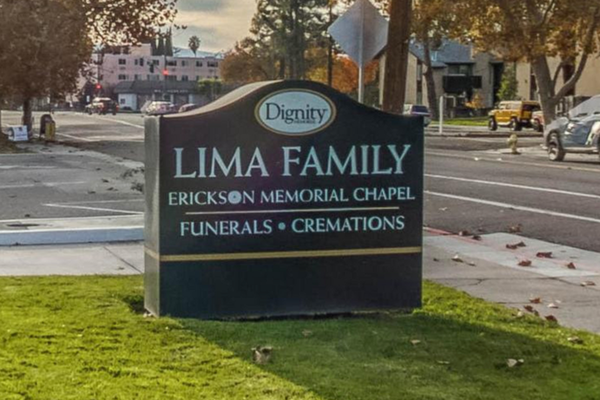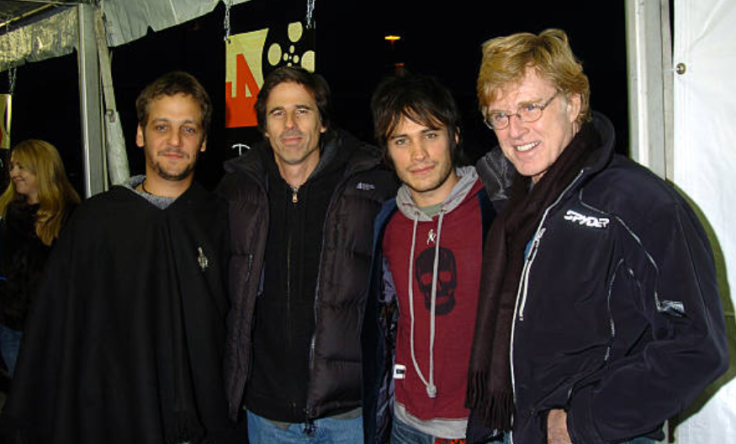
Artist, filmmaker, and activist Robert Redford, who died September 16, 2025 at age 89, was one of Hollywood's most enduring stars, but his impact reached far beyond the screen. Through his creation of the Sundance Institute and the Sundance Film Festival, Redford became a mentor and champion for Latin American filmmakers, helping launch the international careers of Alejandro González Iñárritu, Gael García Bernal, Diego Luna, Patricia Riggen, Rubén Blades, and many others. He also built personal and political bridges to Latin America, advocating for filmmakers, artists, and environmental causes across the region.
Opening the Doors of Sundance
In 1981, Redford founded the Sundance Institute to give a platform to emerging voices who often went unheard in mainstream Hollywood. That decision would change the trajectory of countless Latino artists.
González Iñárritu's international career started when Redford brought Amores Perros to Sundance in 2000, where it stunned audiences and became a launching pad to international acclaim. The film introduced García Bernal as a rising star and confirmed that Mexican cinema was a force on the global stage.
A year later, Alfonso Cuarón's Y Tu Mamá También, starring García Bernal and Diego Luna, was embraced by the Sundance community. Both actors credited the festival's support for opening doors in Hollywood while allowing them to keep making socially resonant films in Mexico.
Patricia Riggen's La Misma Luna (Under the Same Moon), a heartfelt story about migration, premiered at Sundance in 2007 and became a breakout hit, with not only the Mexican director, but its stars Kate del Castillo and Eugenio Derbez attracting international attention.The success launched her career in Hollywood and proved that Latino family stories could resonate with global audiences.
Colombian director Rodrigo García, son of Nobel laureate Gabriel García Márquez, also benefited from Sundance support. His film Things You Can Tell Just by Looking at Her premiered at the festival in 2000, setting him on a path to become one of Hollywood's most respected writer-directors.
Redford in Cuba and Mexico
Redford's commitment to Latino voices wasn't only through Sundance. In the late 1980s, he traveled to Cuba, engaging directly with Cuban filmmakers during a period when cultural exchange with the island was rare. He explored opportunities for collaboration and expressed admiration for Cuban cinema's honesty and artistry. His visit signaled to the industry that Latin America had stories worth investing in, despite political barriers.
He also built ties to Mexico, not only through Sundance but personally. Redford frequently spoke about the vitality of Mexican cinema and the importance of bringing its stories to U.S. audiences. His advocacy helped Mexican filmmakers secure distribution deals that were almost unthinkable before the 2000s.
Robert Redford's 1988 film The Milagro Beanfield War remains one of his most culturally significant works, both as a director and as a supporter of Latino storytelling. Based on John Nichols' novel, the movie is set in a small New Mexico town where residents fight to defend their water rights against powerful developers. Redford cast an ensemble of Latino actors, including Rubén Blades, Sônia Braga, and Julie Carmen, giving them central roles in a story deeply rooted in Hispanic identity, land struggles, and community resilience.
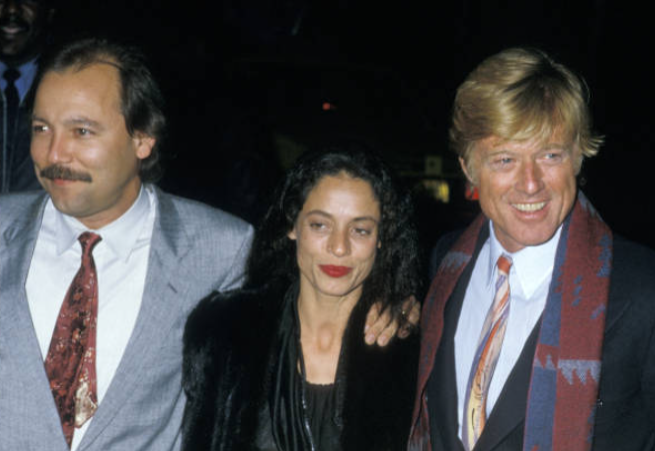
The film won an Academy Award for Best Original Score and cemented Redford's reputation for using cinema to spotlight social and cultural conflicts often ignored by mainstream Hollywood.
Two years later, Redford once again turned toward Latin America in Havana (1990), a romance-drama set on the eve of the Cuban Revolution. Co-starring Puerto Rican actor Raúl Juliá, the film placed Redford's character, an American gambler, in the heart of Cuba's turbulent politics and shifting alliances. While marketed as a love story, Havana also reflected Redford's ongoing interest in how U.S. and Latin American histories intertwine, exploring themes of power, revolution, and cultural exchange. Juliá's performance, alongside Redford's, anchored the film with authenticity and underscored Redford's respect for casting strong Latino voices in pivotal roles.
Redford's commitment to Latino communities extended beyond the screen. In 2010, he partnered with New Mexico officials to create El Milagro at Los Luceros, a program designed to nurture Hispanic and Native American talent in the arts. Named in homage to The Milagro Beanfield War, the initiative provided free film screenings, acting labs, and workshops that brought resources directly to underrepresented communities in northern New Mexico. For Redford, it was a way of giving back to the region that had inspired one of his most beloved films while creating opportunities for the next generation of Latino storytellers.
Defender of the Amazon
One of Redford's deepest connections to Latin America was his lifelong defense of the Amazon rainforest. As early as the 1990s, he was lending his voice to campaigns against oil drilling and logging in Ecuador, Brazil, and Peru. He collaborated with Amazon Watch and other organizations, highlighting the struggles of Indigenous communities resisting exploitation.
In one of his most famous interventions, Redford narrated and appeared in documentaries like Rainforest Action, and other videos urging global leaders to stop the destruction of the Amazon, warning that "what happens in the rainforest affects us all." He described the region as "a treasure of humanity," making him one of the first Hollywood stars to frame Amazon deforestation as a global emergency.
His advocacy extended to Chile and Argentina, where he opposed mega-dam projects in Patagonia, calling them a threat to some of the most pristine landscapes in the world. For many in Latin America, Redford was not just an actor but a high-profile ally in the fight to protect their environment.
A Hollywood Giant with a Latin Heart
Robert Redford's passing closes a chapter in Hollywood history, but his imprint on Latino and Latin American cinema is undeniable. He didn't just make space for Latino artists in the U.S., he traveled, listened, and invested in their stories at a time when few others in Hollywood were paying attention.
From his conversations with Cuban filmmakers to his defense of the Amazon, from giving a stage to Mexican and Colombian storytellers to inspiring Latino festivals like Ambulante, Redford became a bridge between Hollywood and Latin America.
As Gael García Bernal once said about Sundance, "It wasn't just a festival. It was a door." Robert Redford built that door and Latino cinema walked through it.
Happy Birthday Gael García Bernal (@gaelgarciab)! From going on formative coming-of-age road trips to more recently becoming the “Liberace of Lucha Libre” in the #Sundance '23 film CASSANDRO, today we celebrate his body of work in nine Festival favorites. What's your favorite? pic.twitter.com/OsBS70EoPE
— Sundance Film Festival (@sundancefest) November 30, 2023
© 2025 Latin Times. All rights reserved. Do not reproduce without permission.



